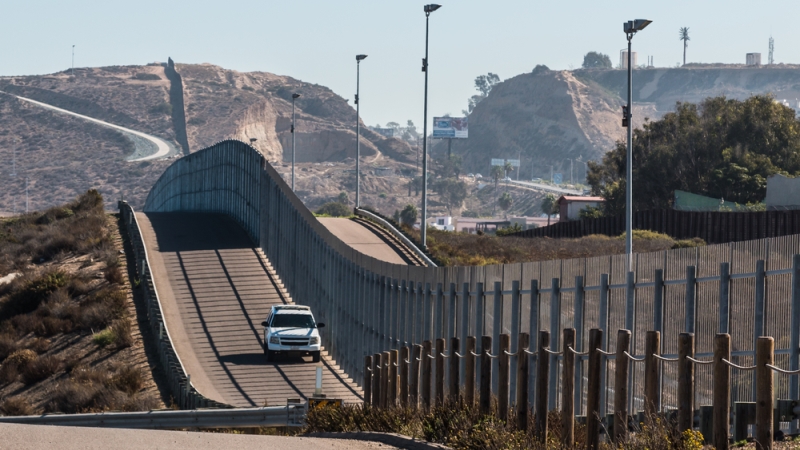
Artificial intelligence is transforming the way the U.S. Border Patrol (USBP) conducts operations along the U.S. border, according to a senior official who spoke Wednesday during a webinar hosted by NextGov.
William Link, assistant chief for the USBP, detailed how the agency is integrating AI and machine learning technologies to enhance operational effectiveness without replacing the role of human agents.
“In the realms of detection, we’ve already deployed some solutions that help us identify subjects in photographs or videos,” Link said during the webinar. “We take in tens of thousands of images a day. There are not enough people to adequately and timely go through that many images.”
Link said AI tools now assist in prioritizing still imagery, flagging items that require urgent human attention. This has led to a 50% increase in efficiency during apprehensions, while systems used in still image detection boast a 92% accuracy rate in identifying humans, according to Link.
In addition to visual analysis, AI is also being used in biometric tools to improve facial recognition and fingerprint matching.
“We’ve applied some of this technology in the world of biometrics to help us identify key factors…to get quicker, more accurate identifications of subjects,” Link said.
Beyond detection and identification, AI is also streamlining administrative duties within the agency.
One example, Link noted, is with schedule creation, which previously took supervisors several hours and may now be completed in about 20 minutes using AI tools. That time savings allows agents to return to field duties more quickly, Link explained.
However, Link emphasized that AI is designed to support, not supplant, the human workforce.
“There’s decision-making processes that we can’t and don’t want to take out of the hands of agents,” he said. “[AI is] always an assistant to the human being. It’s never to replace functionality.”
Link also underscored the agency’s commitment to privacy and data protection, assuring that all information is processed internally. He acknowledged that implementation is gradual, and that training AI models takes time before their full potential can be realized.
“Like anything else, when you’re working in the AI or machine learning world, you have to train models. You have to continue to train them,” Link said. “But as we’ve worked with those models and developed them, it’s gotten a lot better.”
